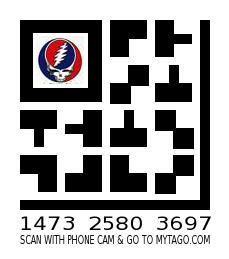During Lift 11 in Geneva, researchers from Nokia Research Center Lausanne organized a co-creation workshop with a small group of conference participants.
The session focused on understanding how the contextual insights of users could contribute to the evolution of the mobile user experience:
"With the increase in popularity of smart phones as well as mobile Internet services, the pace of change in the mobile industry will be rapid in the coming years. One of the driving forces behind development is an increased understanding of the needs of mobile users, brought about by aggregation of big data sets pertaining to mobile usage and the contextual behavior of consumers. Such insights are expected to lead to the emergence of context aware services, wherein the user interface as well as the content displayed to the user is highly personalized and tailored to the given context of use."
In the light of the above, the goal of the present workshop was to define how contextual insights of mobile users, especially across the physical and social layers, could contribute to the evolution of the mobile user experience. In order to achieve this goal, the workshop focused on two sub topics:
- The kinds of insights that big data sets focusing on mobile usage and behaviour might lead to.
- A list of potential mobile services that could benefit from these data.
We recently completed a report [PDF, 6.93 Mb] of the workshop results containing a catalogue of the concepts that emerged during the session.





















